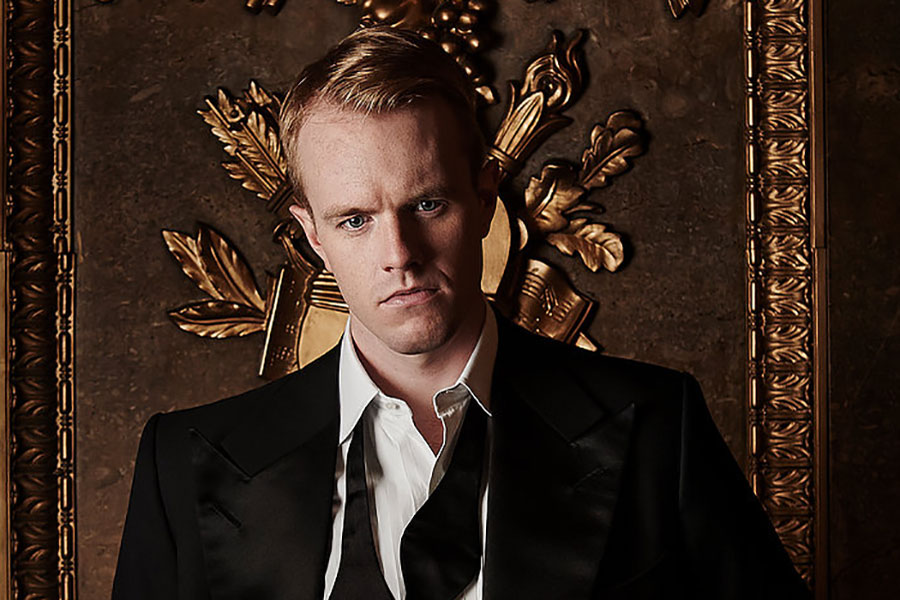Following on from his success as Escamillo in Bizet’s Carmen for State Opera South Australia, baritone Morgan Pearse has chosen to display another side to his talent with the intimacy of lieder and its beacon, Schubert’s Winterreise (1828). It is a foreboding, abstract work consisting of 24 rather fragmentary poems by Müller (who was also responsible for Die schöne Müllerin, which the composer had set approximately five years earlier in 1823). But with Winterreise Schubert had created something special, indeed unique. Here is a colossus of a work – a dark and troubling one which he knew was the best that he’d written. Its Byronic hero, a nameless figure whose name the listener never learns, becomes a figure for the ages to compare with the Wandering Jew, Camus’ L’Étranger, and even Kerouac. Is it a cycle for the young Romantic singer or the older experienced meistersinger? Peter Pears didn’t approach the work until he was 50, whilst the great Dietrich Fischer-Dieskau made his first public recording as early as 1948. In fact, Fischer-Dieskau would go on to record the cycle no less than eight times. Maybe it’s Schubert’s Lear whereby it is the éminence grise who are regarded as its masters.
 Morgan Pearse. Photo supplied
Morgan Pearse. Photo supplied
It was Elisabeth Schwarzkopf who stated that the native English-speaking singer was at a distinct disadvantage in the field of lieder as he or she hadn’t been brought up speaking German. Mind you, there are examples of such who have excelled in this work – the aforementioned Pears and Ian Bostridge, who took on the work decades before the age of 50 and has also published a book on the cycle. There is no doubt that Morgan Pearse does possess a very attractive voice with beautifully rounded low notes, a sunny and almost burnished middle register and a falsetto made to make women sigh (and they did on several occasions.) However, lieder relies on much more than la bella voce.
From the opening familiar piano part to Gute Nacht, it was going to be a fast tempo-ed, youthful account of the work. But here as in many other places in the score, Schubert has placed motifs which almost amount to musical onomatopoeia – devices to fill out what is very often a sparse score. For example, the audience joins the unnamed protagonist as he trudges through the winter snow. However, pianist Chad Vindin took this at too fast a pace. A similar pace made the concluding Der Leiermann too fast for such a deeply philosophical lied. The score is full of musical references to the poetry – the famous Lindenbaum with its rustling branches, the horns of Die Post – and these were all effectively caught. There were occasions where the duo supported each so well that it seemed weightless and highly virtuosic. The chorale or hymn-like quality of the penultimate pair, Mut and Die Nebensonnen, were good, though at times Pearse was over-emphatic and perhaps like most masters of the form should rely more upon the voice for colour and effect than gesticulating. However, he displayed excellent diction German pronunciation.
Many of the audience were deeply moved by the performance though I do believe that depth comes with knowledge and here is a work where Pearse will continue to grow in comprehension and identification as the years pass and interpretation deepens. The best performances of the work have tended to leave the audience stunned before slowly breaking into applause. Perhaps the artists could have waited a bit longer before launching into the encore with Richard Strauss’ much more hopeful Morgen where Pearse was given the chance to display attractive voice and technique.











Comments
Log in to join the conversation.